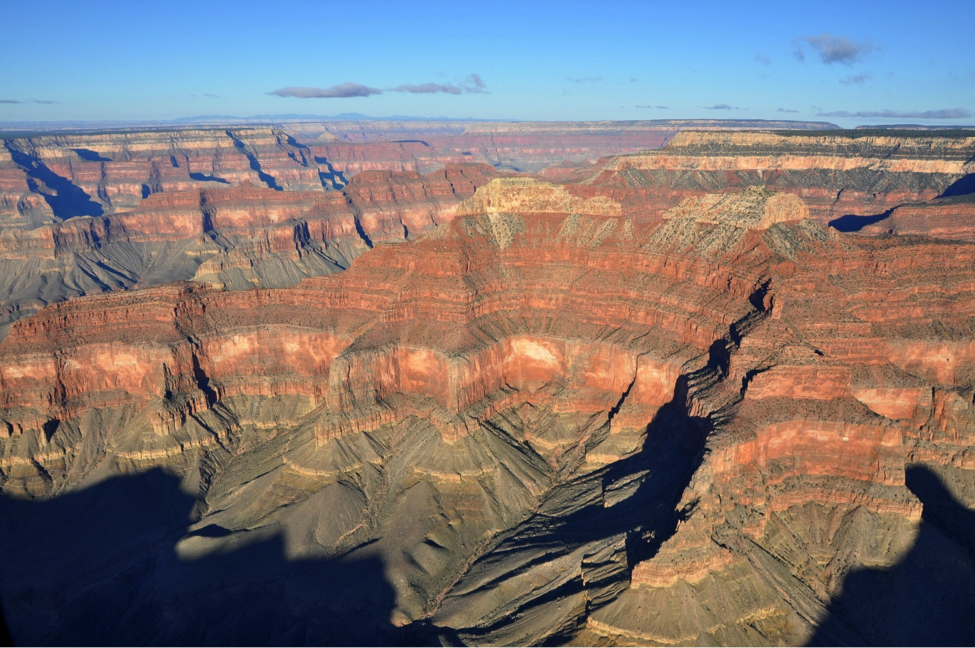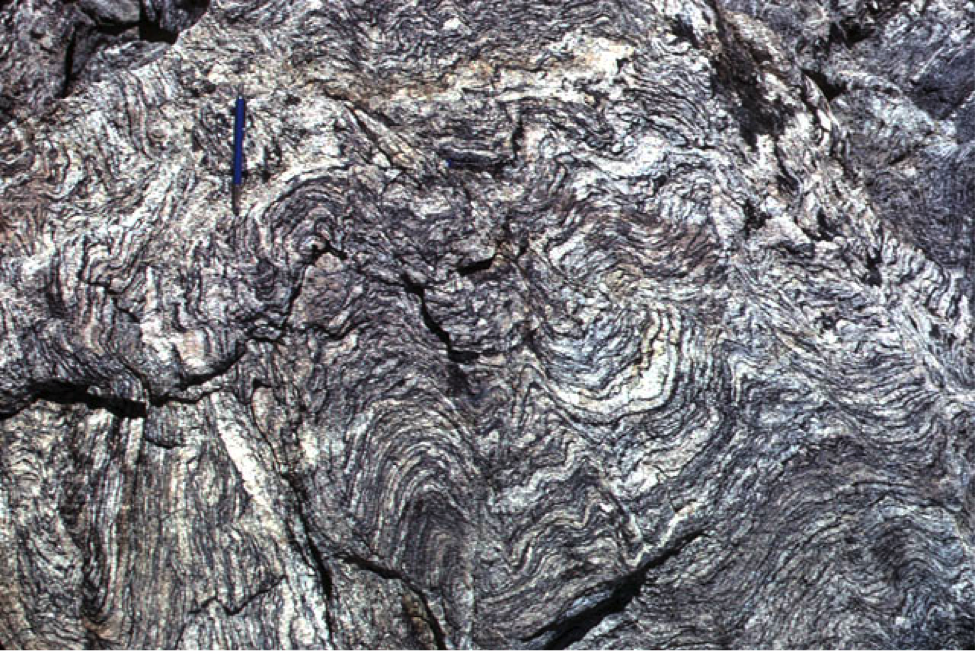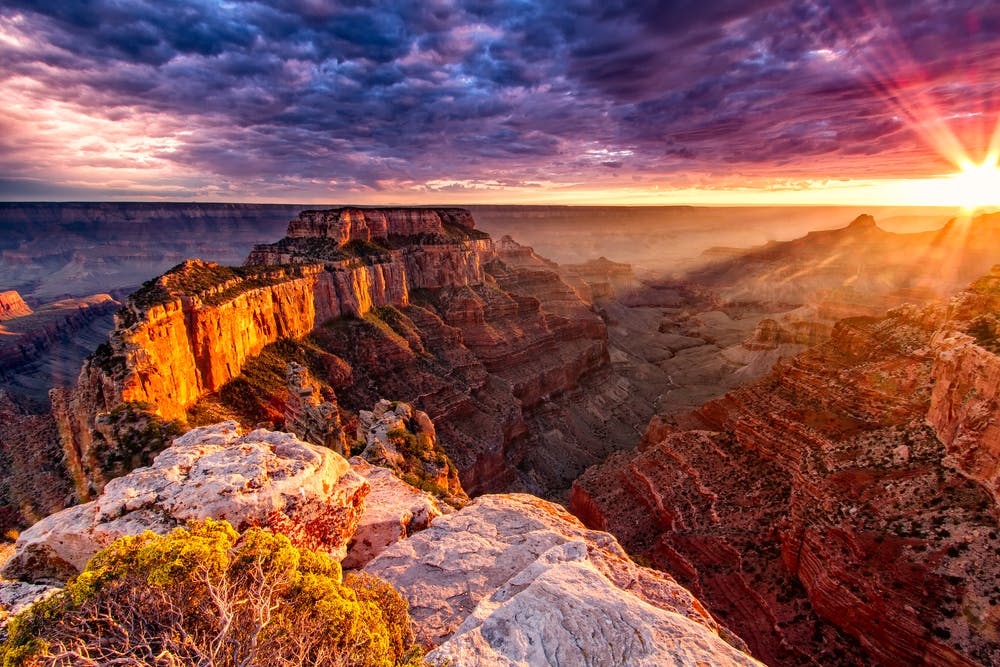 You might already be thinking: “Geology? And … recruiting?”
You might already be thinking: “Geology? And … recruiting?”
I hear you, but bear with me while I describe my fascination with geology and how each rock type has its own “personality.” Maybe you will then also love rocks as I do — or at least admit that they can be pretty neat.
In geology, there are three main rock types — igneous, sedimentary, and metamorphic — and they are always evolving between each other by way of various process in the Rock Cycle (above).
The Earth is in a constant state of flux, and the same can be said about the talent acquisition industry. Therefore, how we (and the Earth) respond to change can be a deciding factor in success. The sections below provide a Geology 101 lesson in the different rock types as well as how they relate to different recruiter personalities. Which one is most similar to you?
The Sedimentary Recruiter

Source: nps.gov/grca/index.htm
Sedimentary rocks are composed of — you guessed it — sediments. Think beach sand, corals, the lime used in cement, clay, etc., and think layers. Sedimentary rocks form by the breakdown of other rocks whose pieces are then deposited somewhere (usually by water — rivers, lakes, oceans) in layers and, after a long time of sitting around, eventually become hard rock. Sedimentary rocks are especially cool and useful because they can track minute changes in the environment by the different types and chemical composition of the deposited sediments.
Therefore, the Sedimentary Recruiter responds calmly to the (sometimes fast, sometimes slow) changes in the market, industry, technology and company. They go about their business by simply assimilating anything new into their daily routine and moving on. The Sedimentary Recruiter does not procrastinate or put up a fight, but dependably does their job effectively and timely.
The Metamorphic Recruiter

The Metamorphic Recruiter, on the other hand, only changes when they have to.
Metamorphic rocks are created when excessive amounts of heat and pressure cause rocks to physically change the way the atoms are organized within their structure. This creates new minerals that sometimes align in gorgeous bands.
Metamorphic Recruiters are hesitant to change and only do so under the strongest of impetuses — only when a change is actually necessary do they succumb. However, once they do decide to take the plunge, they do so whole-heartedly, and the results are extraordinary. Metamorphic Recruiters work well under procrastination to produce high-quality work.
The Igneous Recruiter

Igneous rocks are formed when liquid rock hardens into solid rock, so think of volcanoes. When a volcano erupts, it spews lava — or liquid rock — and that lava solidifies into varying types of igneous rock (depending on what the lava was made of originally).
The Igneous Recruiter is innovative and creative, effectively exploding with ideas of ways to change the industry or day-to-day processes. Not all of their ideas are the most efficient, and certainly not all are implemented, but they thrive on turbulence and action. Igneous Recruiters do not wait for changes to occur before trying something new.
Just like within each rock type there are many different rocks and minerals, so too are there an infinite number of personalities and reactions of people. And just like rocks that are always shifting between the different types, so too can people change how they react to situations and environments.
Which type of recruiter are you? And more importantly, which type do you want to be?
image (Rock Cycle) from 3dparks.wr.usgs.gov/nyc/common/geologicbasics.htm
